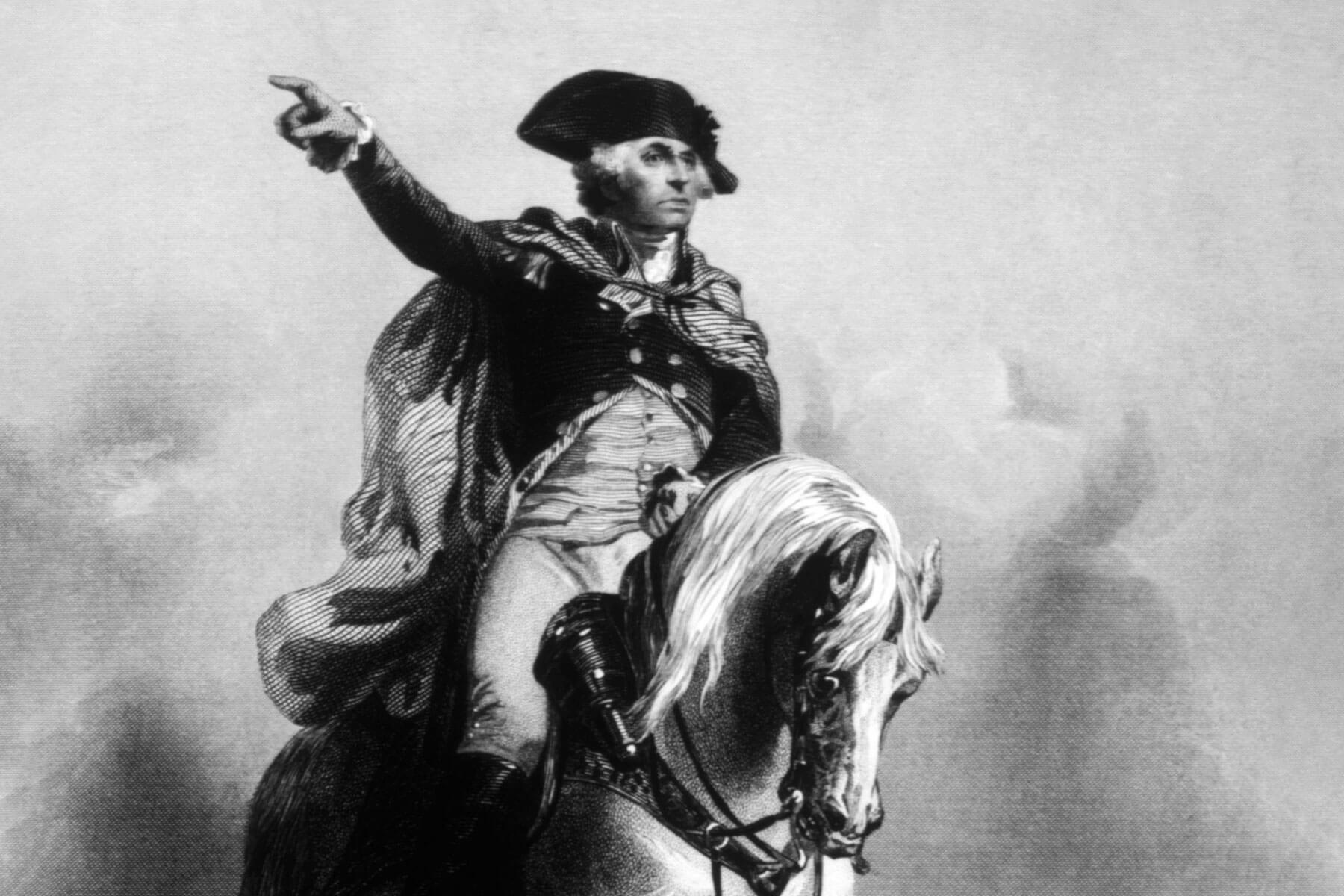| The first official American flag (which, contrary to popular myth, was most likely not designed by Betsy Ross) was approved by the Continental Congress on June 14, 1777. It featured 13 red and white stripes meant to represent the 13 original colonies, and a blue canton — the rectangle in the upper left corner — with 13 stars in a circular pattern. After Kentucky and Vermont became states, the Second Flag Act of 1794 authorized a new design with two additional stars and stripes. The version of this 15-star flag that flew over Baltimore's Fort McHenry during the War of 1812 became known as the "Star-Spangled Banner," and inspired Francis Scott Key to write the United States' national anthem. |
| In 1818, the number of stripes in the flag design was reduced to the original number, 13, and the number of stars increased to 20, for the 20 states in the union at the time. The Flag Act of 1818 further specified that in the future, a star would be added for each new state, and the addition would take effect on the Fourth of July following the state's admission. Over the next several decades, as the U.S. grew, the stars in the flag's canton were arranged in different patterns. In 1912, President William Howard Taft signed an executive order that specified, for the first time, almost every detail of the flag, including its proportions and arrangement of stars. This flag looked very similar to the current design, but with 48 stars, as Alaska and Hawaii had not yet become states. In 1960, an updated flag design was made official by President Dwight D. Eisenhower, and became the standard 50-star flag that still flies today. |










![]()
![]()






0 Comments:
Post a Comment
<< Home